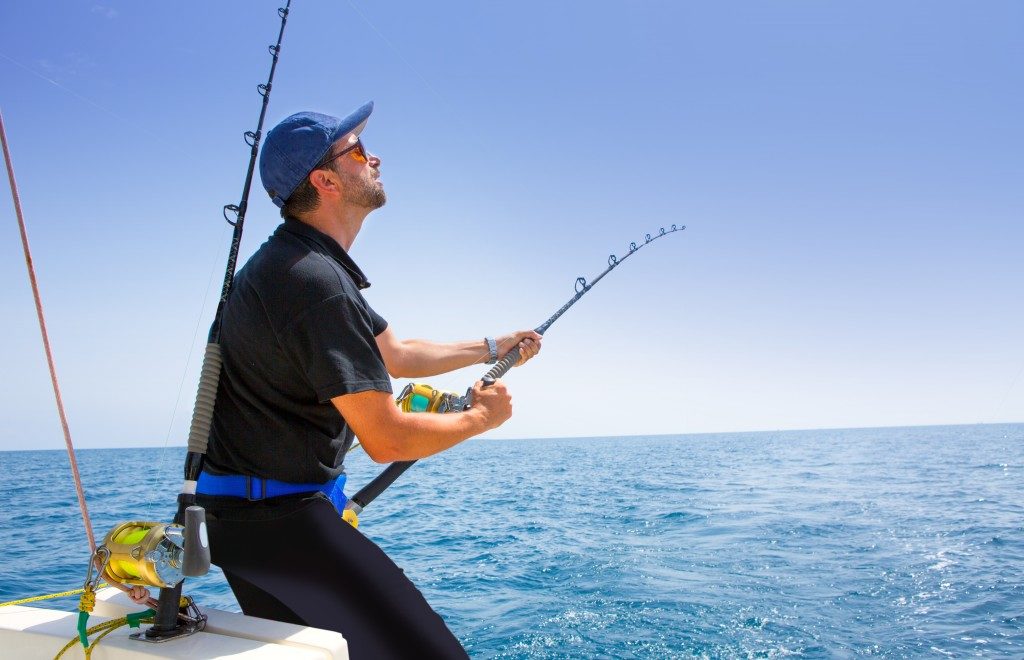• Accurately identifying the type of injury is the first step in any recovery plan.
• Address pain and discomfort with sports massage therapy, physical therapy, and home remedies.
• Take time to heal and rest from physical activity for at least two weeks.
• Gradually move again by doing light stretching exercises that target the injured area.
• Listen to your body, take it one day at a time, and consult with a medical professional if needed.
Sports injuries are unfortunate for athletes of all backgrounds and skill levels. Injuries may occur suddenly due to impact, wear and tear over time, or incorrect training technique, leading to pain, swelling, and reduced mobility.
It may take you a few days or weeks to get back in shape, depending on the severity of the injury and how quickly you can recover. And whether you’re a professional athlete or an amateur, it’s important to take the necessary steps to ensure that you can recover quickly and effectively. This article will outline the steps you should take to recover properly from your sports injury and get back into the game as soon as possible.
Step #1: Diagnose Your Injury
The first step in any recovery plan is accurately identifying your specific injury. If the pain is severe enough, the best action is to schedule an appointment with your doctor or a therapist. Here are ways they can help you:
A Doctor/Physician
A doctor can diagnose and treat your injury with medications, therapy, or surgery. They can also diagnose and treat any underlying medical conditions that may have caused or contributed to your injury. Additionally, if the injury is caused by trauma, such as a fall or collision, they can develop the best treatment plan, such as physical therapy or rehabilitation.
Sports Massage Therapy
Sports massage therapy is a great way to help reduce pain and swelling and promote healing. It increases circulation in the injured area, which helps with recovery. This differs from a traditional massage, which is more about relaxation than healing. Sports massage therapy consists of customized techniques focused on the injury and fine-tuned to different sports and sporting traumas. This includes stretching rigid muscles, activating dormant muscles, and ameliorating soft tissue status.
Step #2: Address The Pain And Discomfort
Once you have identified what type of injury you have sustained, it’s time to focus on minimizing the pain and discomfort associated with it. This may involve taking over-the-counter medications such as ibuprofen or acetaminophen. However, if the pain persists or becomes more intense, it is important to consult a doctor or physical therapist who can provide more targeted treatments, such as ultrasound therapy or electrical stimulation therapy. These treatments involve sending electrical pulses to the muscle or nerve endings to reduce pain and inflammation.
Additionally, there are home remedies you can try to make yourself more comfortable:
- Apply an ice pack to the injured area for 15-20 minutes every two hours
- Rest and keep your injury elevated as much as possible
- Avoid any activities that may worsen the pain or inflammation, such as running or jumping
- Wear a brace or support to limit movement of the injured area
- Use compression bandages to reduce swelling and inflammation.

Step #3: Take Time To Heal
During this time, avoiding activities involving the injured area is important until you have completely recovered. It would help to take some time off from training or competing and focus on stretching, muscle building, and strengthening. This will help you regain strength in the affected area and make it easier for you to return to regular activities without risking further injury.
Rest. Period. That’s the most important thing. Taking breaks and giving your body time to heal is crucial for a successful recovery. The amount of rest required would vary depending on the severity of the injury, but it is generally recommended that you take a break from physical activity for at least two weeks.
Step #4: Get Moving Again
Once the pain has subsided sufficiently, it’s time to start moving again—but don’t go too hard too quickly! Start by doing light stretching exercises that target your injured area and gradually increase your intensity as your body becomes accustomed to the movements again. It’s also important to take things slowly. Don’t push yourself too hard before your body is ready! Additionally, if you experience more than minor discomfort while performing certain exercises during this process, stop immediately and consult with a medical professional before continuing any further movements.
Most importantly, listen to your body and take it one day at a time. Recovering from an injury isn’t always easy—but if you stick with these steps, you can get back in the game faster and stronger than before! Good luck on your recovery journey!


